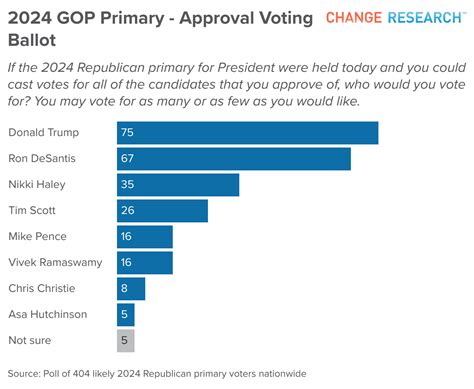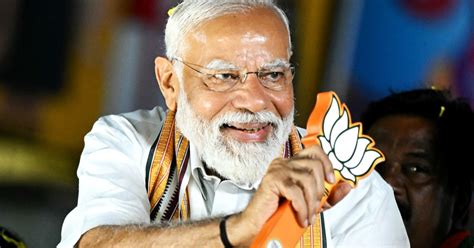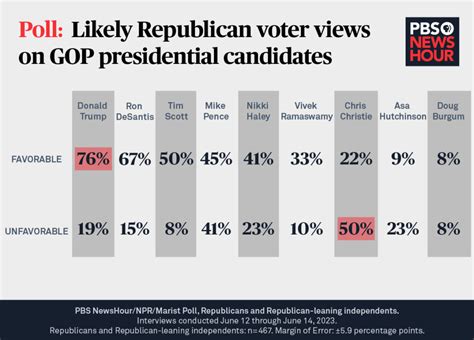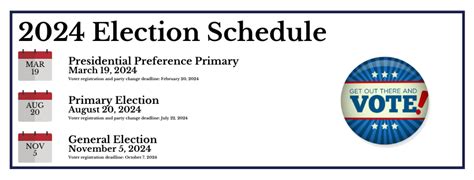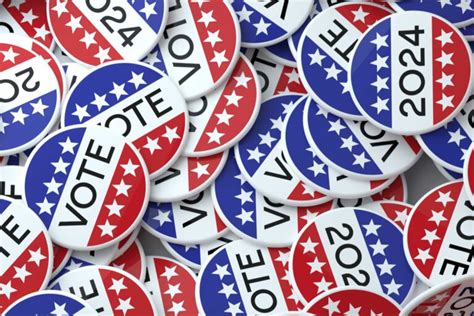Explore the fundamentals of voting polls, their methodologies, impact on campaigns, and predictions for the 2024 election landscape. Get informed today!As we draw closer to the pivotal 2024 election, understanding voting polls has never been more crucial. These polls serve as a window into the electorate’s mood, highlighting key trends and voter sentiment that can shape campaign strategies and outcomes. In this article, we will explore the fundamentals of voting polls, including key concepts and methodologies used in conducting them. We’ll analyze the latest trends emerging from these polls and discuss their significant impact on election strategies. With expert insights and predictions on the current political landscape, this piece aims to provide readers with a comprehensive understanding of what voting polls reveal about the upcoming election. Join us as we delve into the complexities of polling data and its implications for candidates and voters alike.
Understanding Voting Polls: Key Concepts and Terminology
In the realm of elections, Voting Polls serve as crucial tools for gauging public opinion and predicting electoral outcomes. However, to fully understand their significance, it’s essential to familiarize yourself with some key concepts and terminology associated with these polls.
Here are some fundamental terms commonly found in discussions about Voting Polls:
| Term | Description |
|---|---|
| Sample Size | The number of respondents surveyed in a poll. A larger sample size generally leads to more accurate results. |
| Margin of Error | A statistical measure that indicates the range within which the true value is likely to fall. It’s usually expressed as a percentage. |
| Confidence Level | The likelihood that the results of a poll reflect the true sentiments of the whole population. Common confidence levels are 90%, 95%, or 99%. |
| Tracking Polls | Polls conducted repeatedly over time to detect changes in public opinion, particularly during an election cycle. |
| Cross-Tabulation | A method of analyzing the relationship between two or more variables within the polling data, revealing insights into different demographic groups. |
Familiarity with these terms is essential for interpreting Voting Polls accurately. They not only define the methodologies but also help in understanding the reliability and implications of poll results, guiding both voters and candidates in the ever-evolving political landscape.
How Voting Polls Are Conducted and Their Methodologies
Voting polls play a crucial role in understanding voter behavior and sentiment leading up to elections. The methodologies behind conducting these polls can significantly influence their accuracy and representativeness. There are several key steps involved in the polling process:
- Defining the Objectives: Pollsters begin by identifying the purpose of the poll. This could range from gauging individual candidates’ popularity to measuring broader public opinion on specific issues.
- Selection of Sample: A representative sample of the population is crucial for effective results. Pollsters often use random sampling techniques to minimize bias. The sample size can vary, but larger samples generally yield more reliable data.
- Designing the Questionnaire: The wording of questions is essential. Questions must be clear, unbiased, and neutral to avoid leading respondents toward a particular answer. Pollsters may use closed questions, multiple-choice questions, or open-ended questions.
-
Data Collection Methods: There are various methodologies for collecting data, including:
- Telephone interviews (landlines and cell phones)
- Online surveys
- In-person interviews
- Data Analysis: Once the data is collected, statistical analysis is applied to interpret the results. This involves calculating percentages, margins of error, and confidence intervals which indicate the poll’s reliability.
- Reporting Results: Polling agencies release the findings, often accompanied by context about the methodology, sample size, and potential limitations, allowing stakeholders to gauge the relevance of the results.
The integrity of voting polls hinges on transparency and methodological rigor. Understanding these methodologies helps voters interpret the results critically and recognize how polls influence perceptions of election outcomes.
Analyzing Trends: What Voting Polls Show About Voter Sentiment
As the 2024 election approaches, Voting Polls: serve as a critical tool for analyzing voter sentiment across the nation. These polls provide insights into the preferences, concerns, and motivations of potential voters, allowing both parties and candidates to gauge public opinion and adjust their strategies accordingly.
One of the most striking trends observed in recent voting polls: is the growing polarization among voters. As party loyalty becomes more pronounced, understanding these divisions is essential. For instance, demographic factors such as age, race, and education level heavily influence how different groups respond to candidates and issues. By examining how various demographics align in voting polls:, campaigns can tailor their messages to resonate more effectively with target audiences.
Additionally, voting polls: often highlight key issues that are most important to voters at any given time. Topics such as healthcare, the economy, climate change, and social justice frequently dominate discussions and can shift the political landscape. Candidates who can align themselves with these pressing issues tend to gain traction in the voting polls:, influencing voter sentiment significantly.
Another important aspect is the role of incumbents in shaping voter perception. The approval ratings of sitting politicians, as revealed in voting polls:, can greatly affect the election’s outcome. A high approval rating may indicate a stable voter base, while low ratings can signal a need for strategic changes.
Overall, the trends illustrated by voting polls: are not just numbers; they represent the complex and evolving narrative of the electorate. As we move closer to the 2024 election, keeping a close eye on these trends will be crucial for interpreting voter sentiment and predicting potential outcomes.
The Impact of Voting Polls on Election Strategies and Campaigns
Voting Polls: play a crucial role in shaping election strategies and campaigns. They provide candidates and their teams with insights into public opinion, voter preferences, and potential electoral outcomes. Understanding how to effectively utilize voting polls: can mean the difference between victory and defeat in a tightly contested election such as the upcoming 2024 election.
Campaigns often rely on voting polls: to tailor their messages and rally support from specific demographics. Here are several ways voting polls: impact election strategies:
| Impact of Voting Polls | Description |
|---|---|
| Message Focus | Candidates adapt their messaging based on poll results to resonate with voter concerns. |
| Resource Allocation | Polls identify key battleground areas and demographics, guiding where to allocate campaign resources effectively. |
| Response to Competitors | Candidates monitor opponents’ standings in polls and adjust their strategies accordingly to counteract threats. |
| Voter Engagement Strategies | Poll results help campaigns to engage voters through targeted outreach and tailored messaging. |
In addition, the timing of voting polls: can have significant implications. For example, polls conducted closer to the election date tend to be more reflective of actual voter sentiment, which can prompt last-minute changes in campaign strategies. Candidates may ramp up their efforts in response to a dip in polling numbers or capitalize on a surge in support.
Moreover, the interpretation of voting polls: can be influenced by media framing, which in turn can sway undecided voters. A strong performance reported in polls may draw more attention and resources, fostering a sense of legitimacy in a candidate’s campaign. Conversely, poor polling can lead to a decrease in momentum and funding.
While voting polls: are a valuable tool, they are not infallible predictors of election outcomes. Campaigns must combine poll data with strategic insight and grassroots engagement to effectively navigate the electoral landscape as the 2024 election approaches.
Voting Polls: Predictions for the 2024 Election Landscape
As we approach the 2024 election, Voting Polls provide a critical lens through which to assess the ever-evolving political climate. These polls not only reflect current voter preferences but also indicate potential shifts as the election date draws nearer. Understanding these predictions requires an examination of various factors influencing voter sentiment.
Recent polling data shows a landscape that remains highly competitive. Key demographics are shifting, with younger voters and minority groups becoming increasingly influential. According to a recent Voting Polls report, support for candidates is often correlated with specific issues such as climate change, healthcare, and economic equality, which resonate strongly with these voters.
To illustrate the current trends, the table below summarizes recent predictions from various reputable polling organizations:
| Polling Organization | Candidate A (%) | Candidate B (%) | Undecided (%) |
|---|---|---|---|
| Organization 1 | 48 | 45 | 7 |
| Organization 2 | 50 | 42 | 8 |
| Organization 3 | 45 | 50 | 5 |
These predictions highlight the narrow margins by which candidates may compete. Furthermore, they underscore the importance of understanding regional differences, as voting attitudes can vary significantly across states and communities. This is particularly relevant for swing states that can tip the balance of the election.
The evolving nature of political campaigns also plays a crucial role in shaping the predictions offered by Voting Polls. As candidates adjust their messaging and strategies based on poll results, voter sentiment can shift rapidly, illustrating the dynamic interaction between public opinion and political action.
While many Voting Polls indicate a closely contested race, the final outcome will likely hinge on effective campaign strategies, the ability to mobilize key voter bases, and responsiveness to emerging issues. As the election approaches, staying informed through updated polling data will be essential for understanding the electoral landscape.
Frequently Asked Questions
What are voting polls and why are they important?
Voting polls are surveys that gauge public opinion on political candidates, issues, and elections. They are important as they provide insights into voter preferences, help forecast election outcomes, and inform campaign strategies.
How do polling methods impact the reliability of results?
Polling methods, including sample size, sampling techniques, and question wording, significantly impact the reliability of results. A well-designed poll uses random sampling and a sufficient sample size to accurately reflect the views of the larger population.
What trends have emerged from recent voting polls for the 2024 election?
Recent voting polls suggest a competitive race with potential shifts in key demographics. Issues like the economy, healthcare, and social justice are reportedly influencing voter preferences.
How can polling data influence voter behavior?
Polling data can influence voter behavior through the bandwagon effect, where individuals support a candidate perceived to be leading. Additionally, polls can motivate voters to participate to ensure their preferred candidate’s success.
What are the limitations of relying on polls for predicting election outcomes?
Polls can be limited by factors such as response bias, unanticipated events that change public opinion, and the timing of the polls. Thus, while they offer insights, they are not definitive predictors of election outcomes.
Why is it important to consider diverse sources of polling data?
Considering diverse sources of polling data ensures a broader perspective and reduces the impact of bias or inaccuracies from a single poll. It helps to understand a range of voter sentiments and trends more comprehensively.
How do major events leading up to the election affect polling results?
Major events, such as debates, scandals, or significant legislation, can dramatically affect public opinion and polling results. These events may shift voter priorities and sentiments, leading to fluctuations in support for candidates.

